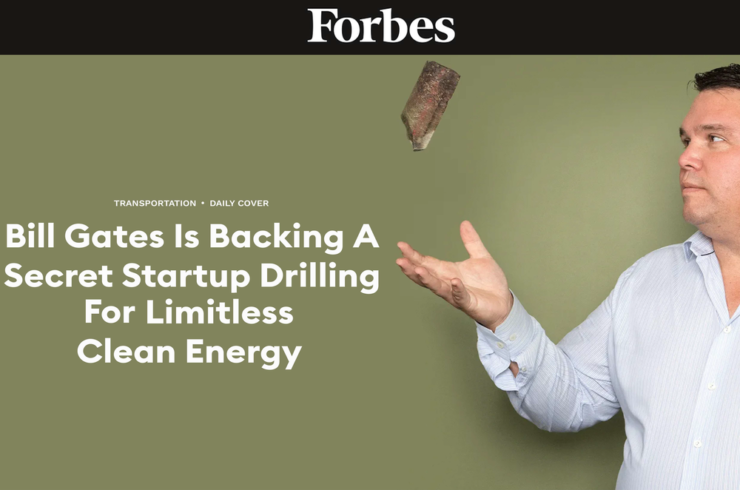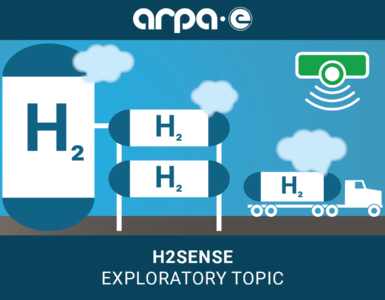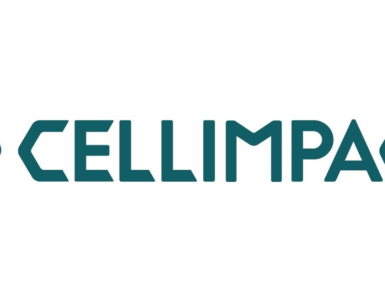Forbes – Bill Gates is Babking a secret startup drilling for Limitless Clean Energy – Koloma has quietly raised $91 million to drill for carbon-free hydrogen that’s continuously generated underground
Denver-based Koloma has quietly raised $91 million to drill for carbon-free hydrogen that’s continuously generated underground. If it succeeds, it could turbocharge the clean energy revolution — and potentially tap a $1 trillion market.
It’s been 37 years since a subterranean coal fire forced Tom Darrah’s family to flee their home in Centralia, Pennsylvania. Decades later, the fire that started in the Kennedy era still burns underground through fractured coal seams, spewing carbon dioxide and toxic hydrogen sulfide, turning Centralia into a ghost town. It’s one of the longest-running environmental disasters in U.S. history.
A framed photo of Centralia in the years before the fire anoints the wall of Darrah’s office at Ohio State University, where he’s a professor of earth sciences and one of the world’s foremost experts on a new form of underground energy that could dramatically speed the shift away from planet-ruining fossil fuels: so-called “geologic” hydrogen, which has been found in vast deposits along tectonic plates, where conditions are ripe for the lightest element on earth to remain in its pure, gas form.
🔥 What about we co-host a webinar? Let's educate, captivate, and convert the hydrogen economy!
Hydrogen Central is the global go-to online magazine for the hydrogen economy, we can help you host impactful webinars that become a global reference on your topic and are an evergreen source of leads. Click here to request more details
Dr. Tom Darrah, Koloma cofounder & CTO said:
It’s on every continent.
“The scale of how much there is is profound.”
As is its potential to temper a looming climate catastrophe already heralded by ever-fiercer heat waves, heavier rainstorms and more violent hurricanes. That’s because the universe’s most abundant element is carbon-free and has the highest energy content of any fuel by weight. But no one has tapped into the underground variety and scaled it into a business.
“It’s on every continent. The scale of how much there is is profound.”
Koloma, a secretive Denver startup, thinks it’s figured out how to do exactly that. And co-founder Darrah, who’s listed on 16 filed patents for finding and efficiently extracting hydrogen, is planning for a future where we drill for hydrogen just as we’ve historically drilled for oil and gas.
Koloma, quietly founded two years ago and operating in stealth until now, is drilling its first wells in the Midwest, testing rock and gas samples from them at Darrah’s Columbus lab to determine which sites have the best hydrogen volume and purity. It’s backed with $91 million from Bill Gates’s Breakthrough Energy Ventures, Energy Impact Partners, Evōk Innovations, Prelude Ventures and Piva Capital, making it the most well-funded startup in the space by far.
Right now, the world uses about 100 million metric tons of hydrogen annually, a market worth more than $120 billion, according to Goldman Sachs. Most of it’s made from natural gas, a process that emits carbon, and most is used for oil refining, making fertilizer, chemicals and food processing.
But the U.S. government thinks it’s got a bigger role to play as a carbon-free energy source and transportation fuel and is putting big money behind it. Some $9.5 billion for clean hydrogen projects was earmarked in the 2021 Infrastructure Law and a tax credit of $3 per kilogram for zero-carbon fuel was included in last year’s Inflation Reduction Act.
Scientists like Doug Wicks, a program director for the Energy Department’s Advanced Research Projects Agency-Energy, or ARPA-E, see geologic hydrogen as a major new option to displace fossil fuels. Koloma and its backers see big money: Goldman estimates the hydrogen market will double to $250 billion by 2030 and top $1 trillion annually by 2050. Gates hinted at geologic hydrogen’s potential in a 2022 blog post about the element’s ability to be a clean energy “Swiss Army Knife.”
Cofounders Darrah, CEO Pete Johnson and Chief Business Officer Paul Harraka, who’ve never previously discussed the company with the media, won’t say when commercial operations begin. But if Koloma’s right, it could generate tens of billions of dollars of revenue within a decade.
Growing awareness that the earth contains vast reserves of an odorless, colorless, carbon-free energy source that, unlike oil, gas and the coal that continues to burn beneath Darrah’s hometown, is continuously generated, is a hopeful and unexpected development — particularly as the catastrophic effects of human-caused climate change become undeniable.
Energy expert Michael Webber, a professor of mechanical engineering at the University of Texas at Austin, thinks there are easily trillions of kilograms of hydrogen trapped underground, though how much can be cheaply accessed isn’t yet known. (He’s also CTO for Koloma investor Energy Impact Partners and declined to comment on the startup.)
Michael Webber, a professor of mechanical engineering at the University of Texas said:
A kilogram of hydrogen is worth $1. So if it’s a trillion kilograms, there’s like $1 trillion of hydrogen out there, some fraction of which can be produced successfully.
“It’s big enough to be like, ‘Okay, this is exciting.’”
‘It’s All About The Rock’
Hydrogen has been touted as a clean energy option for decades but hasn’t fulfilled its potential. Run it through a fuel cell and it’s pure clean energy: electricity produced with only water as a byproduct. It can be used as a gaseous or liquid zero-carbon fuel for trucks, buses, cars, and even ships and trains, as well as stationary power generators.
But it’s tricky to work with. It’s the lightest element on the periodic table and generally exists in nature in combination with others, such as oxygen, carbon and sulfur. It can flow through pipelines like natural gas but can cause them to become brittle and leak. And it’s also highly flammable and needs to be compressed and superchilled when stored, requiring additional energy.
Multibillion-dollar U.S. incentives are targeting “green” hydrogen — made from water and renewable power — or “blue” hydrogen made from natural gas, but with byproduct carbon captured and kept out of the atmosphere. But Koloma thinks geologic hydrogen — also referred to as white or gold —will be a vastly cheaper and less energy-intensive form.
READ the latest news shaping the hydrogen market at Hydrogen Central
Bill Gates Is Backing A Secret Startup Drilling For Limitless Clean Energy, July 19, 2023








